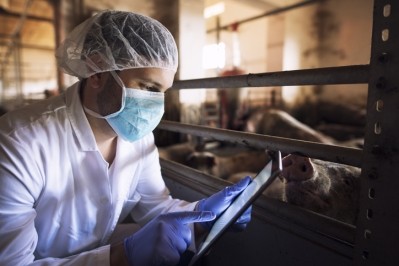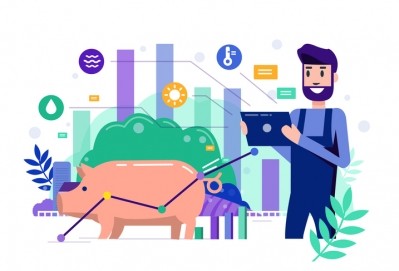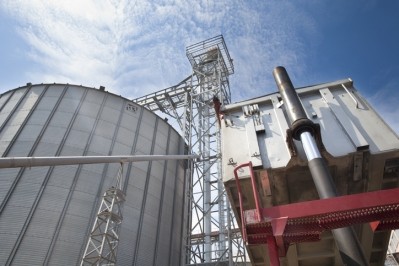The future of feed safety? Big data, validation and a farm to fork focus
Speaking to FeedNavigator at that event, Joost Thurman, co-founder of innovation consultancy The Argonauts, said feed manufacturers had to know what end consumers were thinking.
“The changes finally will happen in the heads of the end users and the problem is, when you're producing feed you're all the way at the beginning of the value chain and you don't always realize what is changing at the end user side.
“...People want to make sure all the ingredients are natural, that they are produced in a sustainable way, but of course they are also healthy and that they are safe.”
Big data and knowing your raw materials...
Thurman said there were plenty of technologies available to the feed sector that could assist in safe processing.
“Think of big data; using big data to control the supply chain.”
Adam Fahrenholz, assistant professor of feed milling at North Carolina University, said one area of the supply chain that remained vital with feed safety was raw material input.
“The biggest risks are usually not having good understanding of what you're bringing in or not having good relationships with your raw ingredient suppliers,” Fahrenholz said.
It was important, he said, to ensure high quality ingredients in the first place because it was impossible to make poor quality ingredients better.
“We can mitigate certain things and still try to produce the best quality feed we can but if we don't bring in the best quality ingredients in the first place, we've already started at a disadvantage, for sure.”
Salmonella measures and validation
One area of continued concern for the feed and food industry was salmonella, said Mieke Uyttendaele, professor of bio-science engineering at Ghent University.
“Salmonella has always been out there, it has been a food safety issue for many, many years,” Uyttendaele said. However, she said industry had “learned to deal with it”.
“There's a number of control measures people take in the feed industry to control salmonella. It could be looking at which temperature to use during processing or if they're going to use organic acids to prevent outgrowth of salmonella. But, actually, one really has to validate, meaning they have to look at the efficacy of this kind of treatment before they start using it. And validation needs to be done well, meaning you have to take into account several salmonella strains; you have to look at which type of raw material you will be using. So, it needs enough attention to be sure afterwards that your control measure is really working.”
It was also important to create awareness within a company on salmonella and other pathogen hazards – something that required collaboration and strong management, said Juan Acedo-Rico Gonzalez, agronomic engineer at Acedo-Rico & Asociados.
“I believe it's work to do by the management of the company in order to train the people towards those directions – not just productivity but also safety and being efficient,” Gonzalez said.
It was also critical industry understood feed safety responsibility did not finish at processing but rather continued right through to animal production.








